You are here
New Releases
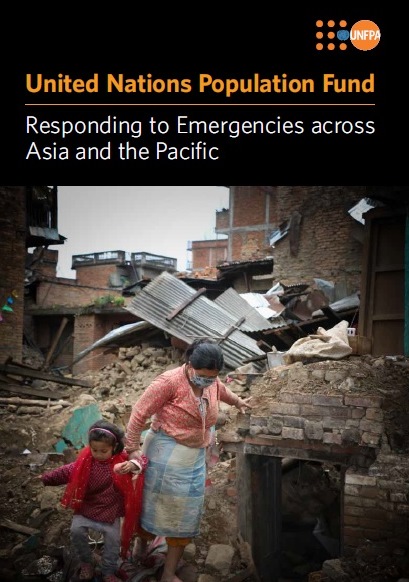
Responding to Emergencies across Asia and the Pacific
Asia and the Pacific is the most disaster-prone region in the world. It is also home to a number of ling-running conflicts that exact a human toll.
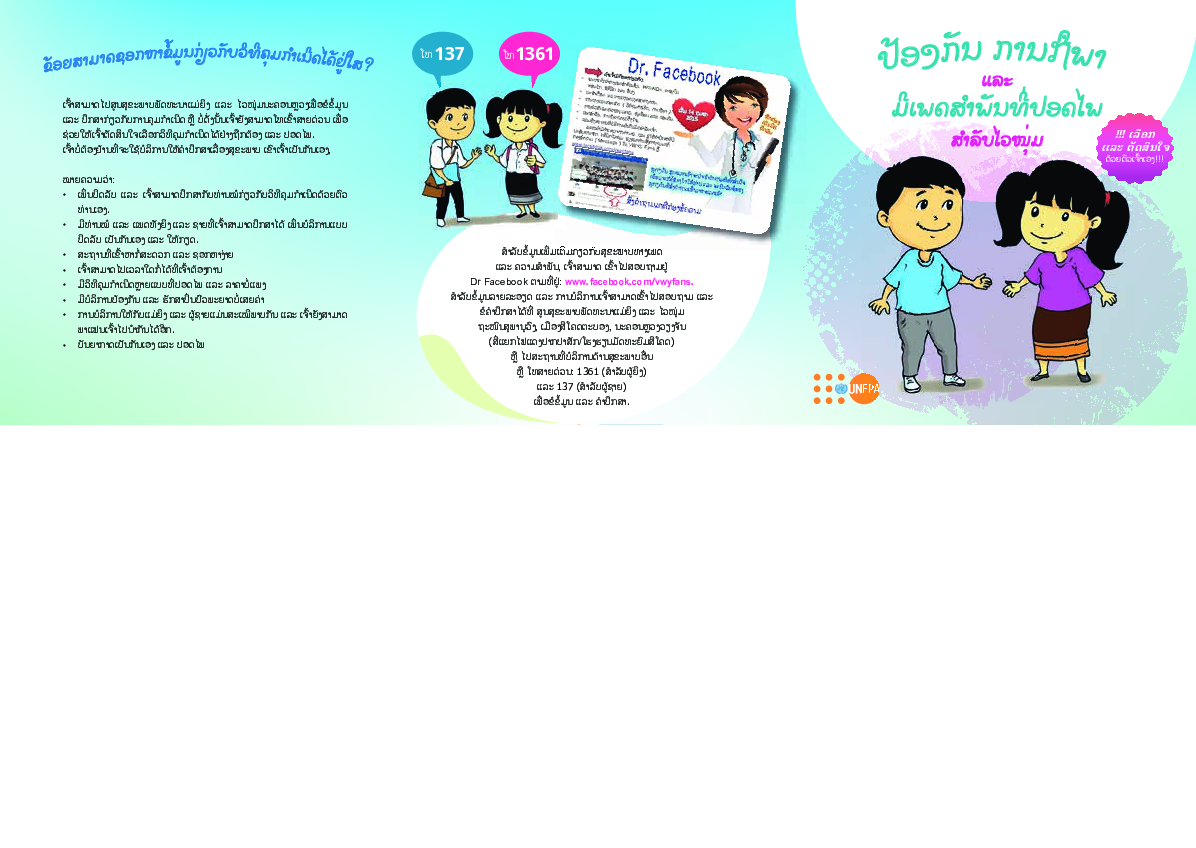
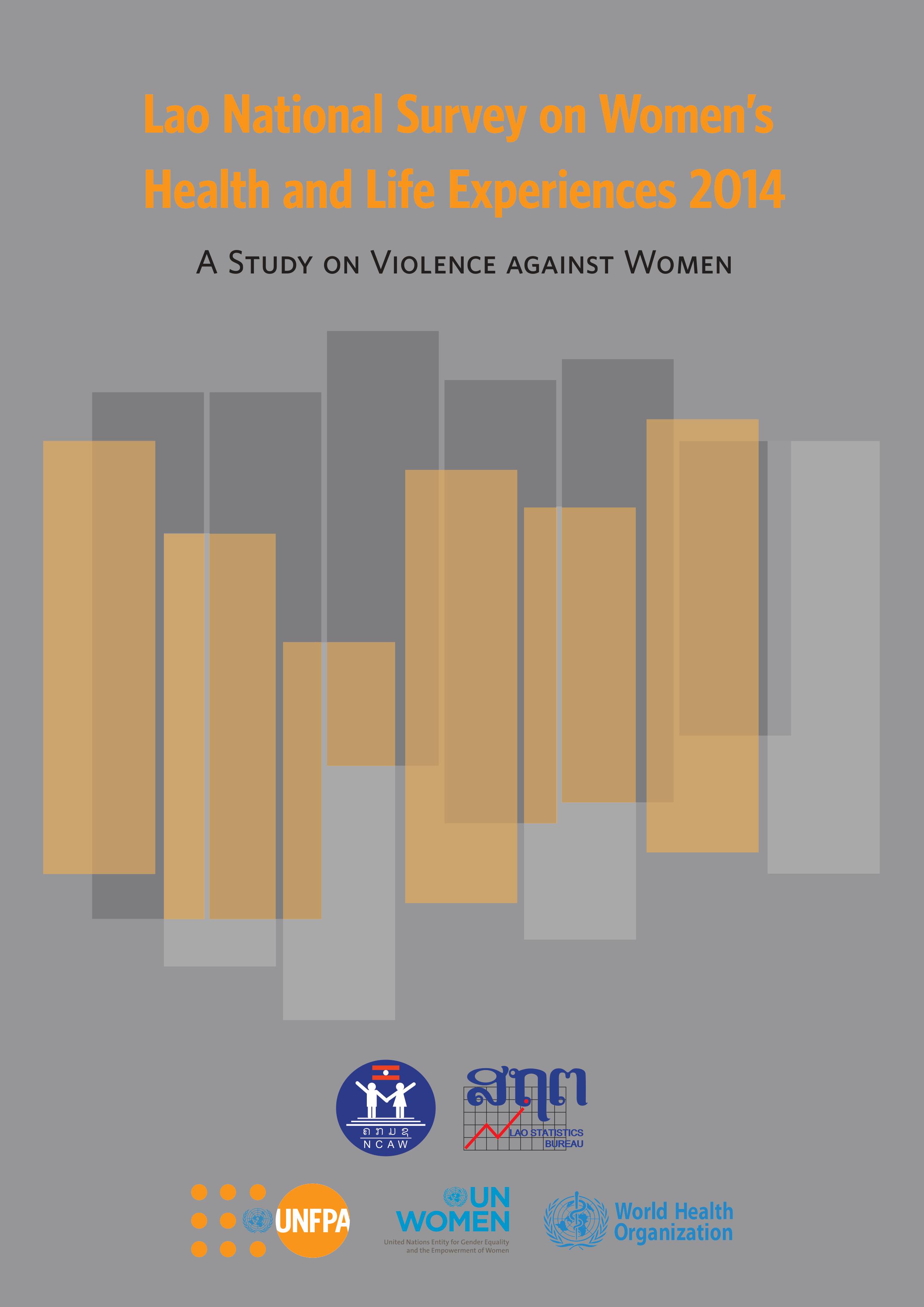
Lao National Survey on Women’s Health and Life Experiences 2014
VAW is a serious public health problem and a violation of women’s human rights.
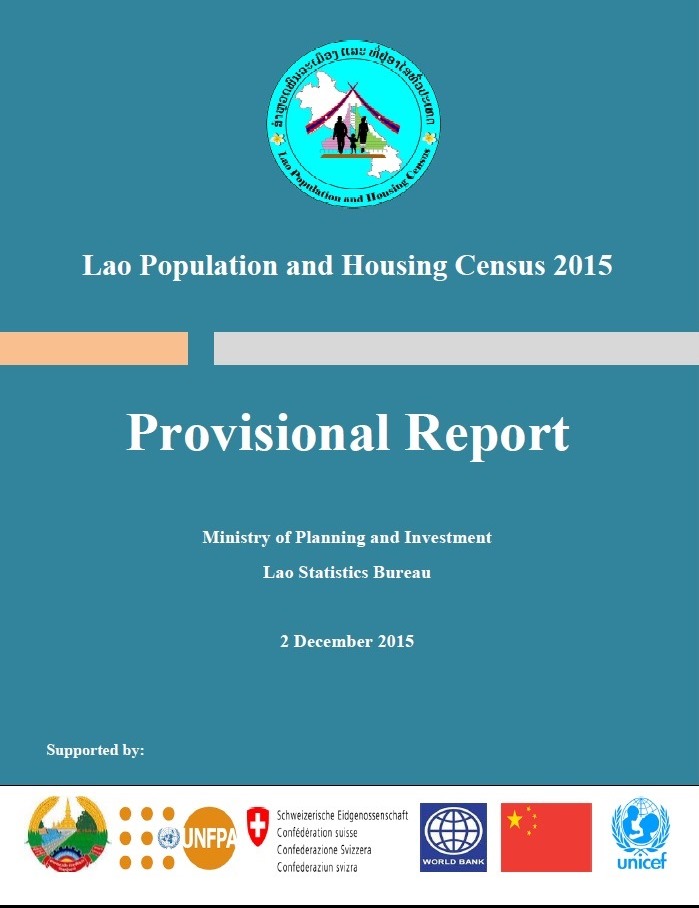
Provisional Report of the 4th Lao Population and Housing Census 2015
The Ministry of Planning and Investment, through the Lao Statistics Bureau, conducted the Lao Population and Housing census in 2015. This census is the fourth in a series of periodic censuses being undertaken in this country every 10 years starting from 1985. The data collection for this census took place on 1-7 March 2015. Funding for the Census comes mainly from the Lao Government with support from the Chinese Government as well as from international organizations which include the United Nations Population Fund (UNFPA), Swiss Agency for Development and Cooperation (SDC), World Bank (WB), and United Nations Children’s Fund (UNICEF) .
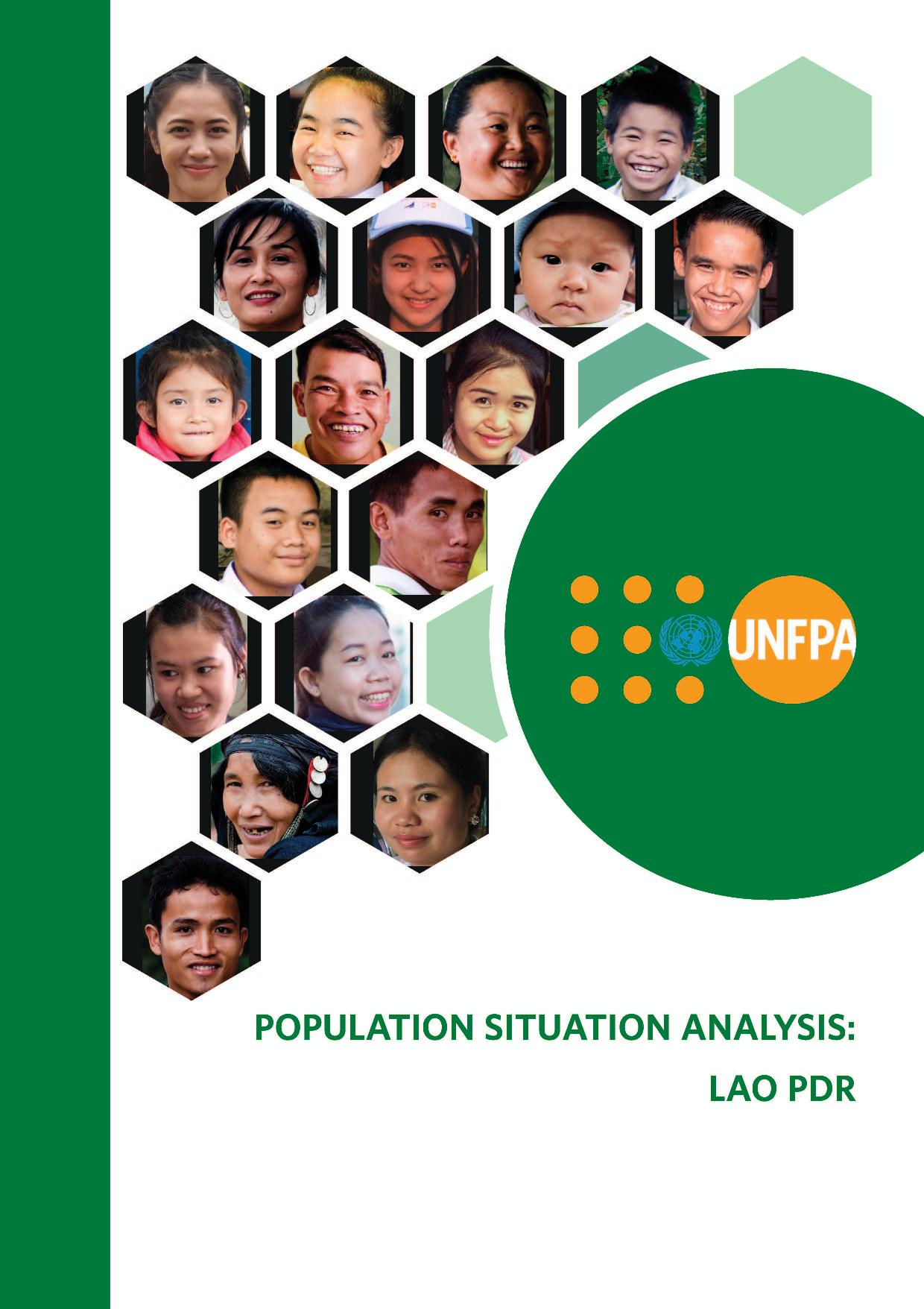
POPULATION SITUATION ANALYSIS IN LAO PDR
The Population Situation Analysis (PSA) presented in this document is representative of UNFPA’s commitment to mainstream population dynamics, reproductive health and gender issues into the Country Programme and national development strategies and plans.
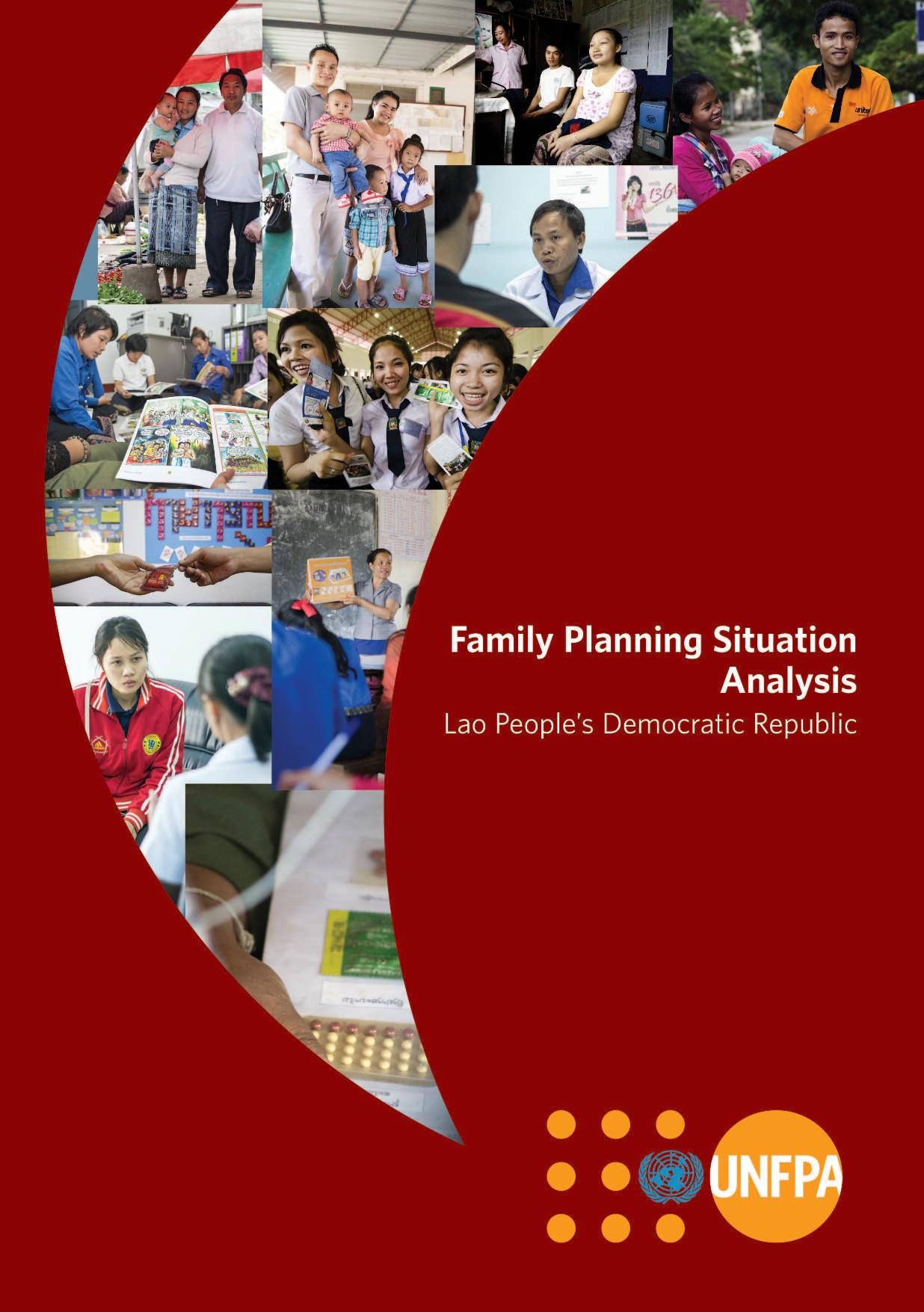
Family Planning Situation Analysis
FPSA was conducted to assess the current situation of family planning, its determining and influencing factors and to develop an evidence base to inform UNFPA's support.
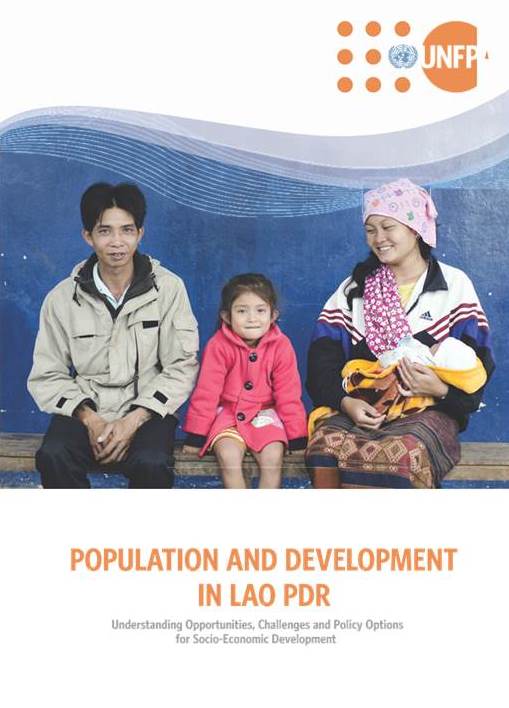
Population and Development in Lao PDR
This report in particular is to ensure that the 8th NSEDP could address population dynamics, taking into account the changes of population that needs to be considered in the 5-year period in order to achieve socio-economic goals.
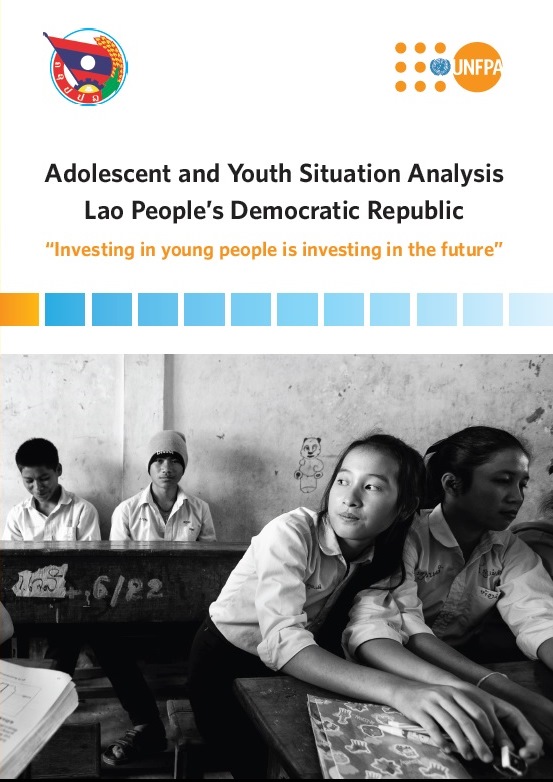
Adolescent and Youth Situation Analysis
This AYSA report focuses on young people aged 10-24 years.
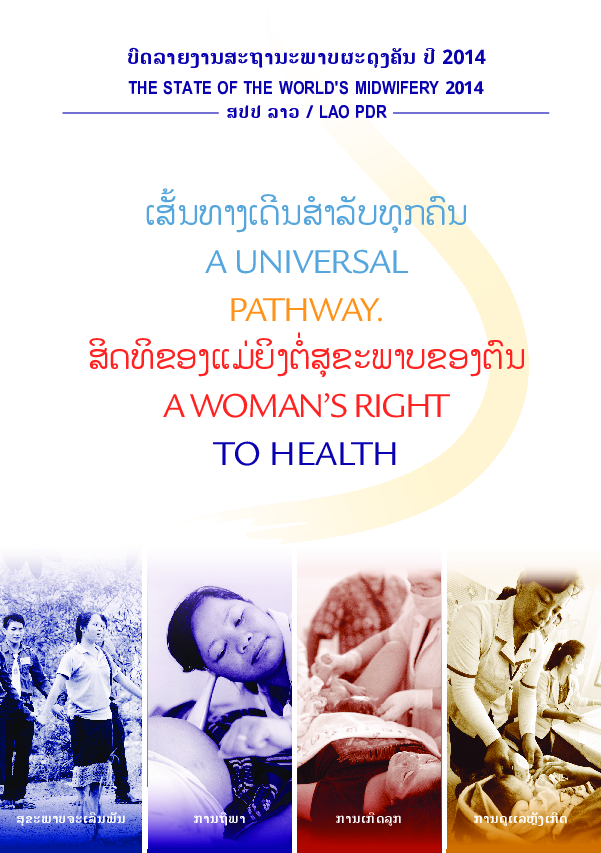
State of the World Midwifery 2014 - Lao Version
The State of the World’s Midwifery (SoWMy) produced by UNFPA, the International Confederation of Midwives (ICM), the World Health Organization (WHO) and several other partners, shows the progress and trends that have taken place since the inaugural 2011 edition, and also identifies the barriers and challenges to future progress. The report focuses on the urgent need to improve the availability, accessibility, acceptability and quality of midwifery services.
State of the World Population 2014
Young people matter. They matter because they have inherent human rights that must be upheld. They matter because an unprecedented 1.8 billion youth are alive today, and because they are the shapers and leaders of our global future. Yet in a world of adult concerns, young people are often overlooked. This tendency cries out for urgent correction, because it imperils youth as well as economies and societies at large.
In some countries, the growth of the youth population is outpacing the growth of the economy and outstripping the capacities of institutions charged with providing them basic services. Will schools and universities be able to meet the demand for education? Some 120 million young people reach working age every year. Will there be enough jobs to accommodate their need for decent work and a good income? Are health services strong enough? Will the young, including adolescents, have the information and services they need to avoid early, unintended and life-changing parenthood? Will the next generation be able to realize its full potential?
The State of World Population 2014, released by UNFPA, the United Nations Population Fund, looks at these and other questions to show how young people are key to economic and social progress in developing countries, and describes what must be done to realize their full potential.